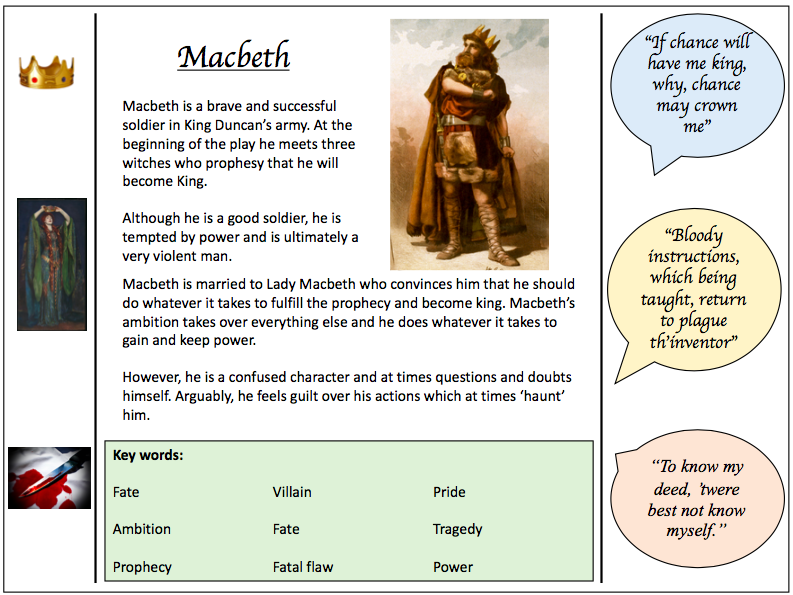LikeAnExpert English Resources
I am an experienced English teacher and Literacy Coordinator. All of my resources are organised, engaging, ready to teach and designed to save you - the teacher - your valuable time! Please have a look at all of my resources - at least 20% of which are free.























